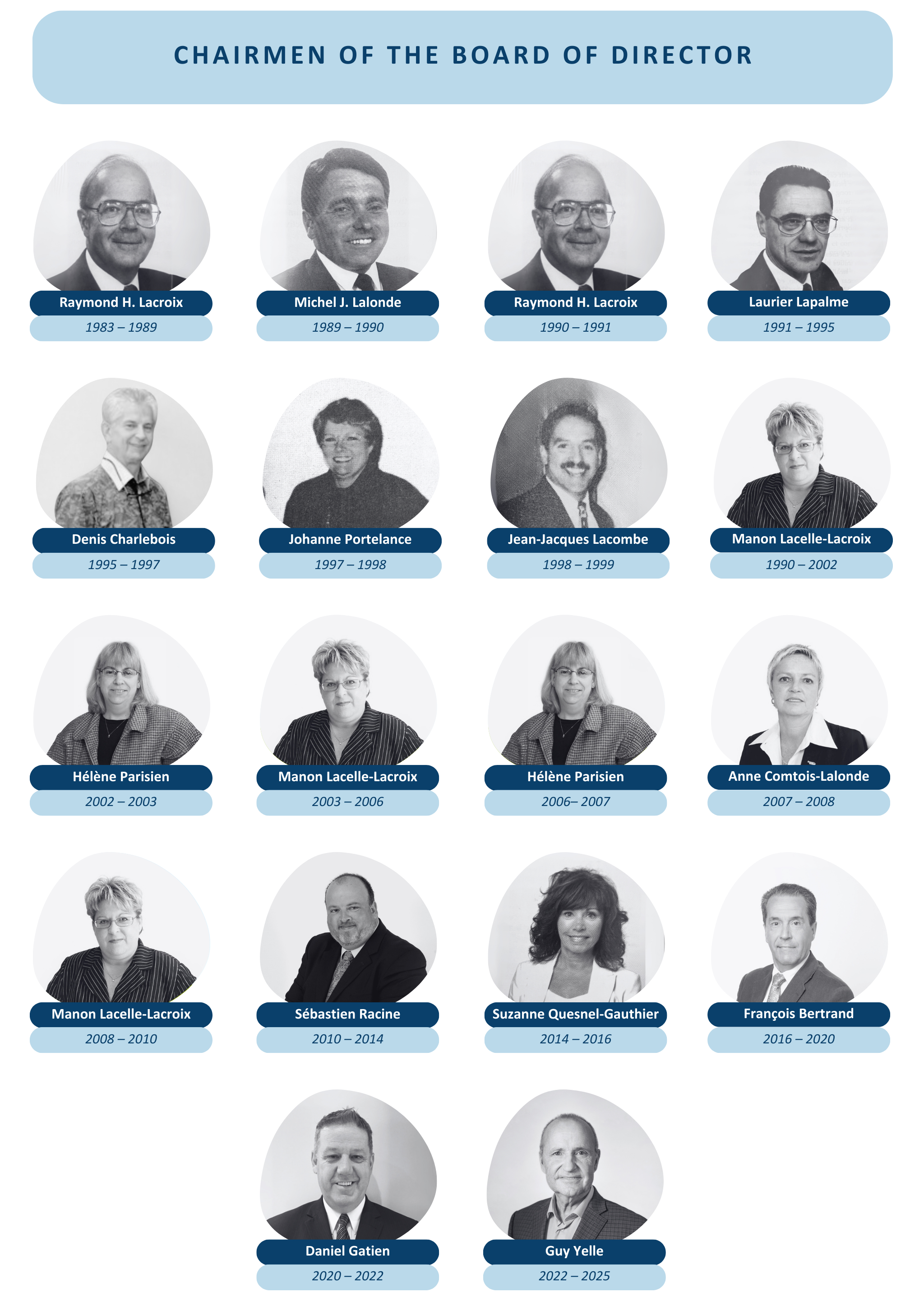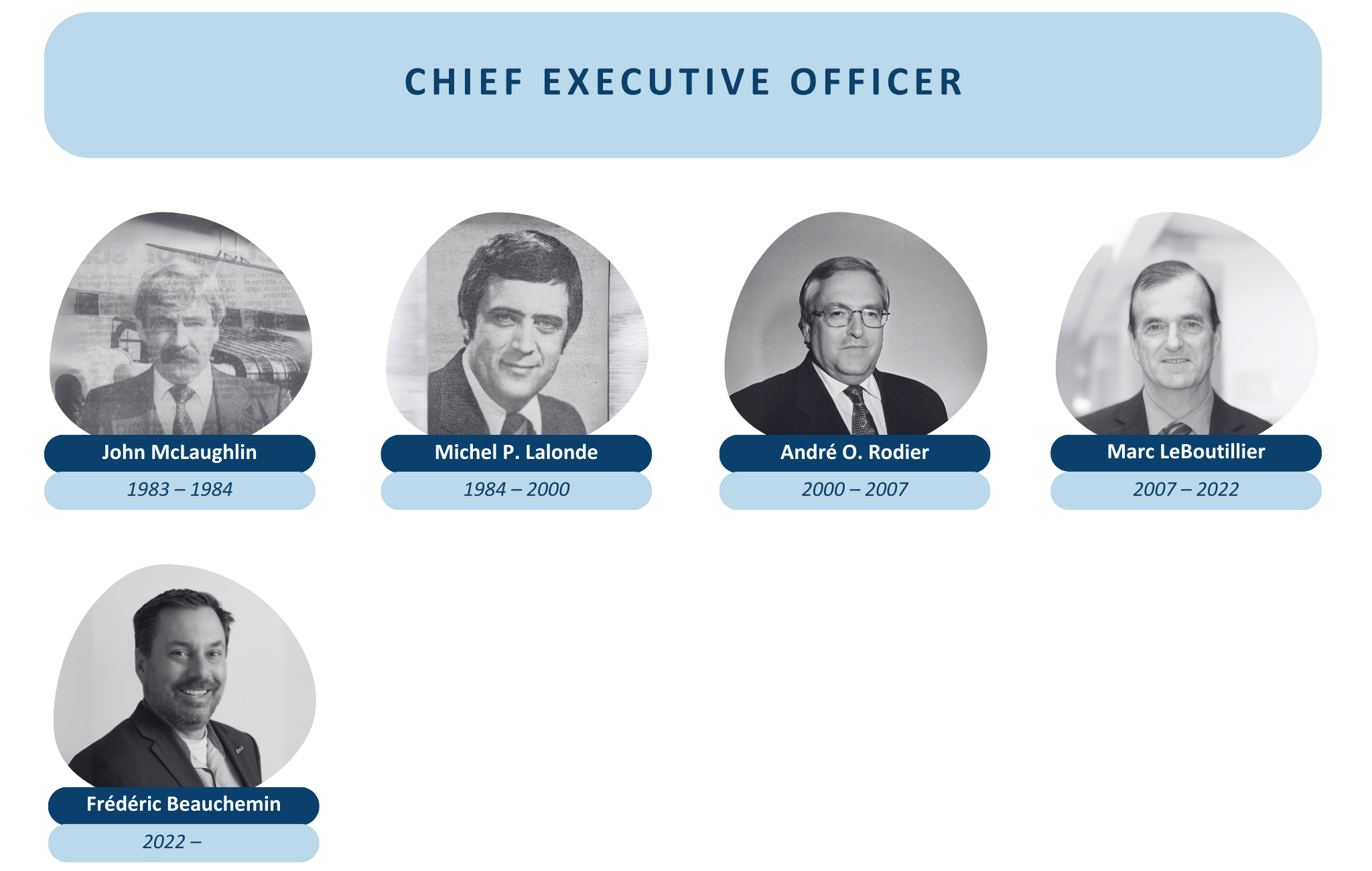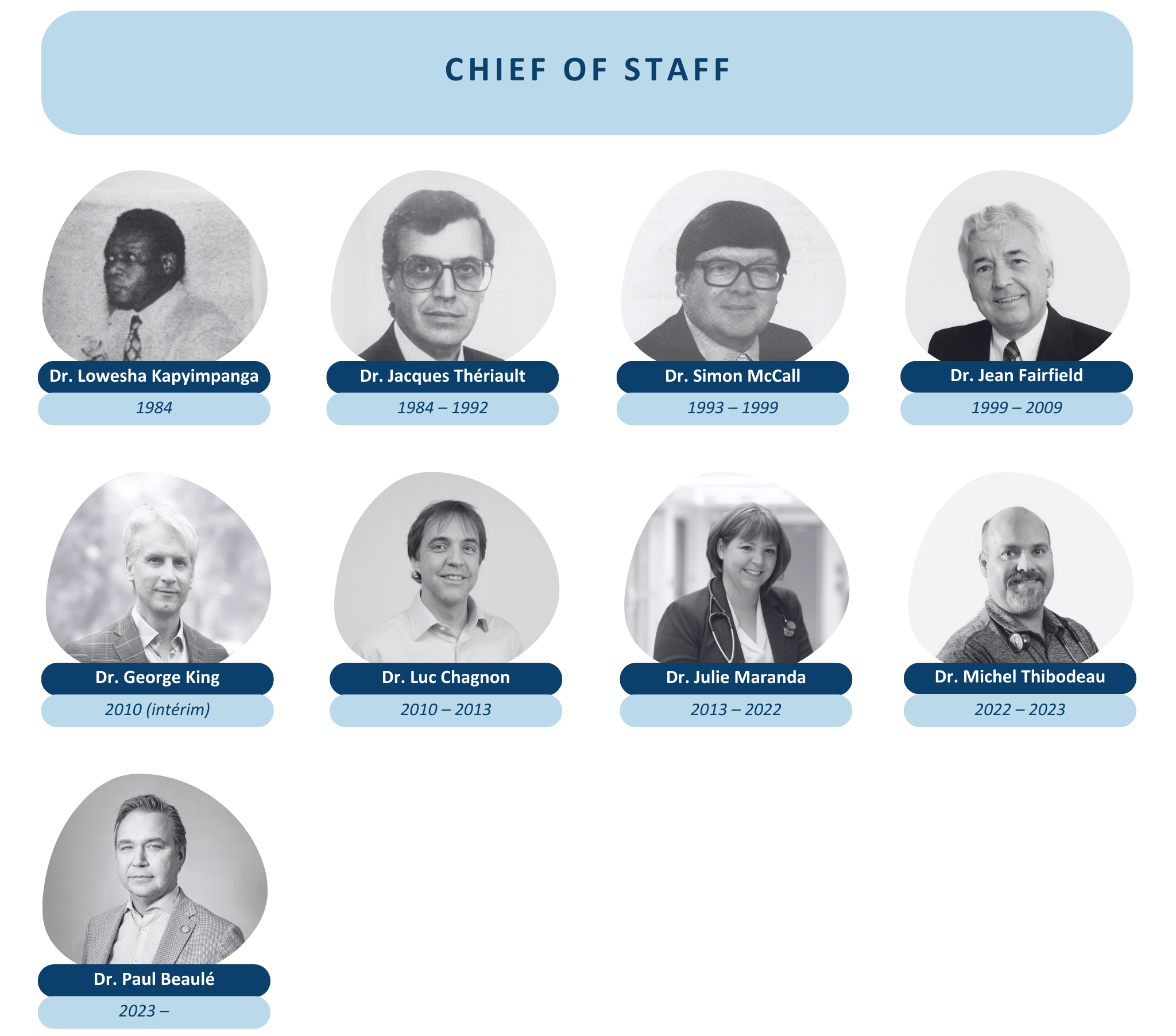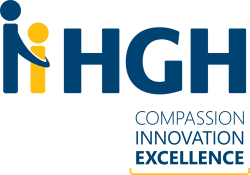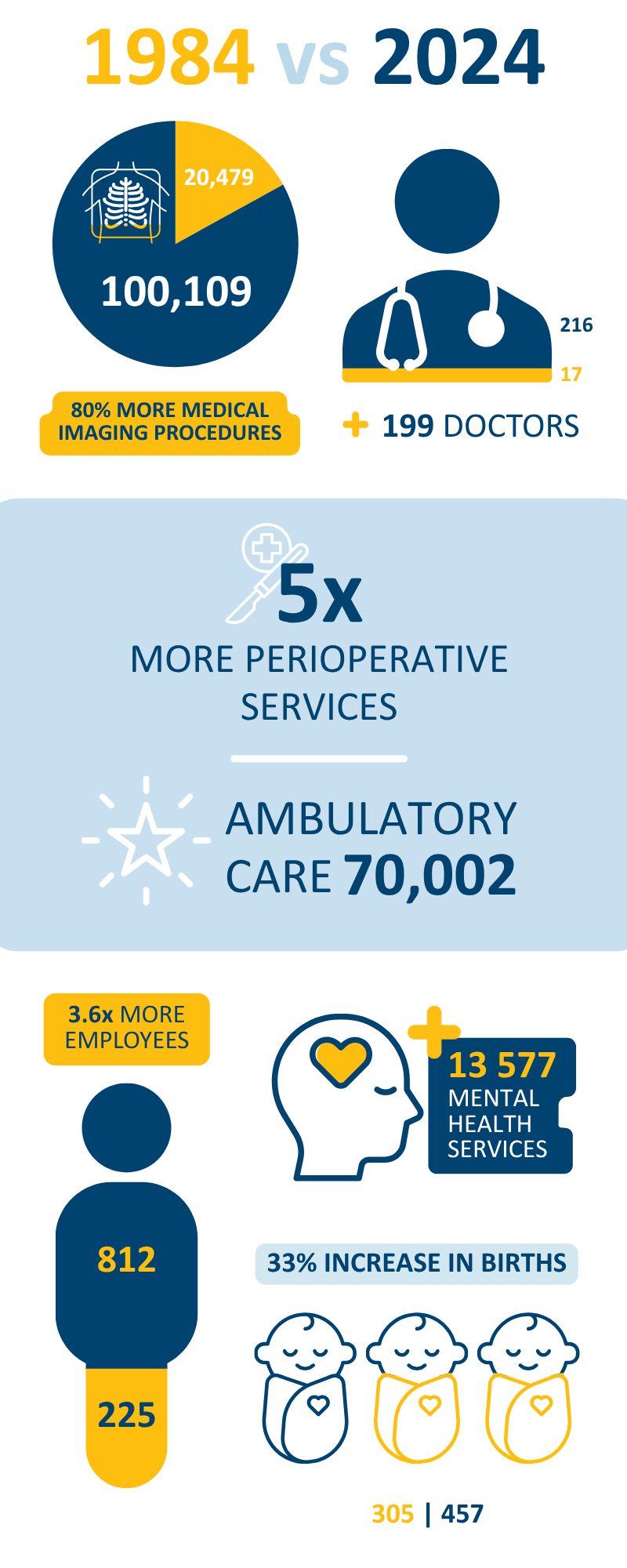
The history of HGH begins at the dawn of the 19th century in a house built in 1820 to serve as an inn for travellers between Montreal and Bytown (Ottawa). This house was acquired and converted into a medical clinic by Dr. Frank G. Pattee. These humble beginnings as a hospital were followed by the Smith Clinic, founded by Dr. T. Walter Smith at the beginning of the 20th century. This hospital offered all the early surgical services, including appendicitis and hernia operations and fracture repairs. With its 10 beds, the Smith Clinic provided most of the hospital services in the area.
In the early 1920s, Hawkesbury was experiencing intense economic activity and already had a population of nearly 6,000. The private Smith and Pattee hospitals were no longer able to meet local needs, which were driven by the industrial boom of the time.
In 1925, Canon Joseph Gascon bought Hôtel Lion d’Or, located at the corner of Regent and William streets, and offered it to the community intending to turn it into a hospital. In 1927, the Communauté des Soeurs Grises de la Croix acquired it to found Notre-Dame Hospital, thereby adding 20 new beds to those already offered by the Smith Clinic. The first doctors were Drs. J.-R. Rhéaume and L.-P. Beaudoin, although any doctor authorized to practice in Ontario was allowed to treat patients there.
The statistics for the first year of operation speak for themselves:
- 276 patients
- 108 surgical procedures
- 68 X-rays
- 7 births
- 9 deaths
In 1930, Dr. E.P. Kelly bought Dr. Pattee’s clinic and changed its name to Kelly Hospital, an institution that closed its doors with the death of its founder in 1956.
In 1932, the Notre-Dame Hospital increased its capacity to 30 patients. The number of beds increased by using every nook and cranny to install linen rooms or small floor pharmacies. The medical staff then consisted of 5 active members and 4 associate members.
In 1937, Canon J-R Guindon founded a shelter for single mothers, which was called the Maria Center and then the Bon-Pasteur Hospital, under the direction of the nuns of the same name.
Notre-Dame Hospital then reached its peak in 1955, when the construction of a wing increased its capacity to 39 beds.
In 1956, a new hospital reserved for women was added to the Bon-Pasteur Hospital and took the name of St-Cœur-de-Marie. The following year, Notre-Dame Hospital granted it its obstetrics and gynecology services to rebalance the services between the two hospitals.
Little by little, Notre-Dame Hospital and St-Coeur-de-Marie Hospital moved towards integration and were finally identified as Annex A and B of Hawkesbury and District General Hospital, which had a total capacity of 79 beds.
Meanwhile, in the 1940s, Dr. T. Walter Smith was joined by his sons, Drs. H. Drummond Smith and Irwin T. Smith. The doctors, father and sons, continued their practice until 1952, when they decided to build new medical facilities for their patients. This resulted in the addition of 16 beds and the hiring of three new doctors. In 1961, the Smith Clinic expanded to 50 beds to provide medical, surgical, obstetrics, gynecology and psychiatry services, including a full emergency department avoiding the need to transport patients to Ottawa for treatment.
March 1975 – Launch of a fundraising campaign with the tagline “Every day…we need it. Today…the hospital needs us.”

April 1981 – The Federal Minister of Justice, Mr. Jean Chrétien, accepts the honorary presidency of the fundraising campaign, while the vice-presidency is entrusted to Mr. Claude Bennett of the Ontario provincial cabinet. (see photo)
May 20, 1981 – Groundbreaking ceremony marking the start of construction work and the launch of the public subscription campaign.

January 1983 – Despite investments from the Ontario Ministry of Health and funds raised through fundraising campaigns, there was still a $6 million shortfall to complete the new hospital. Following a call for tenders, the American firm American Medical International (AMI) won the contract, investing the missing amount and agreeing to manage the hospital for 13 years. Thanks to the experience and expertise of the general manager, Mr. John McLaughlin, the organization that was in financial difficulty was able to recover and become profitable. After many years of deficit, the hospital ended its first year under Mr. McLaughlin’s management with a profit of $275,000.
Novembre 1983 – The talk about the hospital these days is not about bedpans or budget cuts but about Florida. The door prize at the staff Christmas Party is a trip to Florida for two, courtesy of the hospital, which wants to say thanks for helping it save $275,000 so far this year.
HGH
At the end of this long and noble history came the merger of the three sites into a wonderful collective project, that of a brand new, modern 110-bed hospital, built in 1984. Pleasant physical surroundings, state-of-the-art equipment and the welcome of attentive staff aim to create that hospitable atmosphere essential to building patient confidence, care and recovery.
March 1984 – The open house was a huge success, with no fewer than 7,000 people taking the opportunity to discover the premises of their new hospital.
April 29, 1984 – The 34 patients hospitalized at the old General Hospital on McGill Street and the Smith Clinic were transferred by ambulance to their new beds. The move had been meticulously planned for several months with the help of numerous collaborators.
“It was a beautiful day! Our offices were located close to the main entrance, and we could see the patients arrive. Everyone was happy! It was amazing to move into a new hospital where everything was nice and new: desks, equipment, and a nice cafeteria with large windows. It was exciting,” say Nicole Drouin and Diane Blais, hospital employees at that time since 1972 and 1965, respectively.
“It was a very big project, but everything was well planned. As we had to get used to a new environment and make sure everything worked as expected, there were several tests done during the weeks prior to the move,” explains Suzanne Sauvé, Administrative Assistant to the General Manager back then.
Employed at the hospital for 43 years, Marc Larivière was a Registered Nurse at Smith Pavilion; he is now responsible for Infection Prevention and Control. “It was very exciting as a project! We had several training sessions to prepare for our new work environment. On moving day, everything was ready.”
May 23, 1984 – Official Opening of HGH
August 16, 1984 – Premier William Davis had the honour of cutting the hospital’s inaugural ribbon with a scalpel and surgical forceps. Davis was able to attend the ceremony thanks to the OPP helicopter that transported him to the police station on Highway 34.

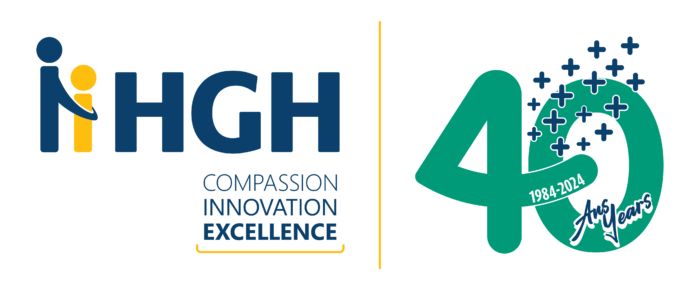 Since its establishment 40 years ago, the Hawkesbury and District General Hospital has undergone many changes and improvements. Thanks to a $200 million investment in infrastructure, medical equipment and information technology, our local community hospital has become a full-service regional hospital.
Since its establishment 40 years ago, the Hawkesbury and District General Hospital has undergone many changes and improvements. Thanks to a $200 million investment in infrastructure, medical equipment and information technology, our local community hospital has become a full-service regional hospital.




